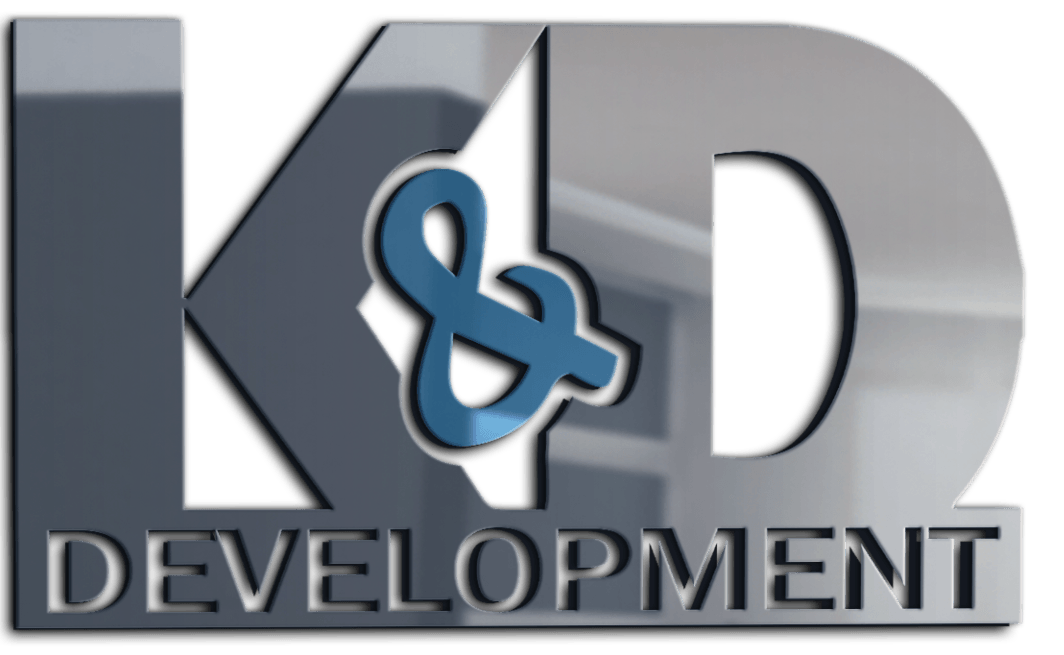This is paragraph text. Click it or hit the Manage Text button to change the font, color, size, format, and more. To set up site-wide paragraph and title styles, go to Site Theme.
What Is a Realistic Budget for a Kitchen Remodel In Denver Colorado?
A kitchen remodel is one of the most popular and impactful home improvement projects you can undertake. It can dramatically improve your home’s functionality, aesthetic appeal, and resale value. However, one of the biggest questions homeowners face is, "What is a realistic budget for a kitchen remodel?"
The answer isn't a single number, as costs vary widely based on several factors. In general, kitchen remodels can range from as little as $10,000 for a minor refresh to well over $100,000 for a major, high-end renovation. The key to a successful project is understanding these cost drivers and setting a realistic budget for your specific needs.
Breaking Down the Costs: A Tiers-Based Approach
To better understand where your project might fall on the cost spectrum, it's helpful to categorize kitchen remodels into three general tiers: cosmetic, mid-range, and major/upscale.
- Cosmetic or Minor Remodel ($10,000 - $25,000): This tier is all about a visual refresh without changing the kitchen's layout. It's the most budget-friendly option and often yields a strong return on investment. Projects in this range typically include:
- Painting existing cabinets or refacing them (adding new doors and drawer fronts).
- Upgrading countertops with cost-effective materials like laminate or tile.
- Replacing a few appliances with budget-friendly models.
- Installing a new faucet, sink, and backsplash.
- Painting the walls and updating light fixtures.
- Mid-Range Remodel ($25,000 - $75,000): A mid-range remodel involves more significant changes while still keeping a firm eye on the budget. This is where you start to see new, semi-custom cabinets and updated layouts without major structural changes. A mid-range project might include:
- Replacing all cabinetry with new, semi-custom options.
- Installing new countertops, often with materials like granite or quartz.
- Upgrading all appliances to mid-level, energy-efficient models.
- Replacing flooring, plumbing, and electrical fixtures.
- Adding a kitchen island.
- Major or Upscale Remodel ($75,000+): This is a complete overhaul of the space. Major remodels are for homeowners who want to create their dream kitchen and are willing to invest heavily in premium materials and professional design. These projects often involve:
- Custom-built cabinetry.
- High-end, professional-grade appliances.
- Luxury countertops (marble, soapstone, high-end quartz).
- Significant structural changes, like knocking down a wall or moving plumbing and electrical lines.
- Installing custom lighting, hardwood flooring, and a walk-in pantry.
Key Factors That Influence Your Kitchen Remodel Budget
While the tiers provide a useful starting point, your final budget will be determined by these critical factors:
- Project Scope: The extent of your renovation is the single biggest cost driver. Are you simply painting cabinets or are you gutting the entire room and changing the layout? Moving a sink, stove, or walls can add thousands of dollars to your project due to increased labor costs for plumbing, electrical, and structural work.
- Materials and Finishes: The quality of your selections is paramount. For example, stock cabinets are far less expensive than custom ones, and laminate countertops cost a fraction of what marble or high-end quartz does. Similarly, a high-end appliance package can easily cost as much as an entire cosmetic remodel.
- Labor Costs: This is a significant portion of your total budget, often accounting for 20-35% of the total cost. Labor rates vary by region, and hiring a reputable, experienced contractor is a must for ensuring quality and avoiding costly mistakes. Doing some of the work yourself (DIY) can save money, but only if you have the skills and time to do it correctly.
- Kitchen Size: A larger kitchen requires more materials and labor, naturally increasing the overall cost. A 10x10 kitchen will have a lower budget than a 12x20 kitchen.
- Location: Costs for labor and materials can be significantly higher in major metropolitan areas compared to rural or less-populated regions.
How to Create a Realistic Kitchen Remodel Budget
- Determine Your Home's Value: A good rule of thumb is to spend between 5-15% of your home's total value on a kitchen remodel to maximize your return on investment. Spending too much can lead to "over-improving" for your neighborhood.
- Make a "Must-Haves" vs. "Nice-to-Haves" List: Prioritize the features that are essential to you. Is a new stove a non-negotiable? Is a built-in wine fridge just a dream? This list will guide your spending and help you make smart choices.
- Get Multiple Bids: Don’t settle for the first quote you receive. Get detailed bids from at least three different contractors to compare costs, timelines, and scope of work.
- Set Aside a Contingency Fund: Unexpected issues often arise during a renovation. Allocate 10-20% of your total budget to a contingency fund to cover unforeseen costs, like discovering old plumbing issues or structural damage behind a wall.
- Explore Financing Options: If you don't have the cash on hand, consider financing options such as a home equity loan (HELOC), a personal loan, or even contractor-provided financing. Each has its own pros and cons, so research what works best for your financial situation.
By carefully considering your needs, the scope of your project, and the factors that influence cost, you can set a realistic budget for your kitchen remodel and create a space you will love for years to come.

